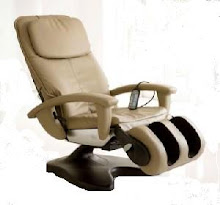In addition to regular “well designed” shoes, comfort fit shoes, and orthopedic insoles, another shoe type often referred to is the diabetic shoe.
Sores and scratches on the feet can be particularly troublesome for some diabetes sufferers and they can lead to very serious problems if they remain untreated, so the best way to avoid such difficulties is by wearing the right kind of shoes.
Diabetic shoes simply use all of the different “good design and manufacture” practices available. This means that they should provide a shoe that is comfortable, avoids pressure points and abrasions to the foot, and prevents the kinds of foot damage that can be problematic to those with diabetes.
The qualities of diabetic shoes vary, but typically include all of the following:
Plenty of room for the toes to move and wiggle.
No projecting internal seams that can rub or wear against the foot.
Lots of padding and cushioning at the sole and against the shoe’s upper.
Good ventilation and breath-ability properties.
Multiple fastening points (i.e. 2, 3 or 4 fastenings) so that the shoe can be made secure without strangling the foot. Hook and loop fasteners are common.
Good and well padded heel support.
A flexible sole that encourages foot flexing during walking.
An insole structure that is accommodating of the foot with good arch support.
A number of companies specialise in this kind of shoe and good diabetic shoes should be able to take separate insoles which allow the exact (perfect) fit to be achieved.
Most diabetic and orthopedic shoes look just like most other regular shoes. Naturally, cheap and low quality manufacture and materials are not suitable and neither are high heels.

No comments:
Post a Comment